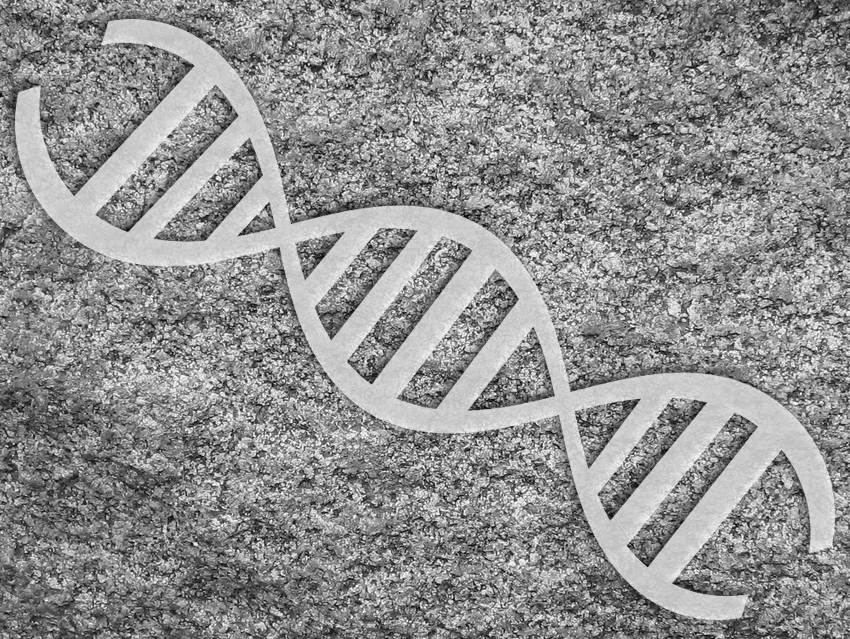The coronavirus SARS-CoV-2 causes the COVID-19 pandemic. The severity of this disease varies significantly—ranging from cases where the infected person shows no symptoms at all to severe cases that can be fatal. Some risk factors for severe COVID-19 are known: age, gender, and preexisting health issues such as hypertension or diabetes can all influence the progression of COVID-19. However, genetic factors may also be important to determine a person’s risk level for bad outcomes. One gene cluster located on chromosome 3, for example, is associated with severe COVID-19 cases [1].
Hugo Zeberg, Max Planck Institute for Evolutionary Anthropology, Leipzig, Germany, and Karolinska Institutet, Stockholm, Sweden, Svante Pääbo, Max Planck Institute for Evolutionary Anthropology and Okinawa Institute of Science and Technology, Japan, have compared these genes to Neanderthal DNA. They compared the genetic variants associated with severe COVID-19 with the genome of a ca. 50,000-year-old Neanderthal from Croatia and those of two Neanderthals from the Altai Mountains in southern Siberia (ca. 50,000 and ca. 120,000 years old, respectively).
The team found that the gene variants are similar to the corresponding genomic region in the Neanderthal from Croatia and less similar to the Neanderthals from Siberia. According to the researchers, the genes entered the modern human population from Neanderthals. They also studied the prevalence of these genes in different regions of the world today and found that the core gene group occurs in 30 % of South Asians, 8 % of Europeans, and 4 % of Americans of mixed ancestry, while it is rare in East Asia and almost completely absent in Africa. The highest frequency was found in Bangladesh, where 63 % of the population carries at least one copy of the genes. According to the team, it is not yet known how exactly the genes affect COVID-19 severity and whether other diseases might also be affected by this gene cluster.
- The major genetic risk factor for severe COVID-19 is inherited from Neanderthals,
Hugo Zeberg, Svante Pääbo,
Nature 2020.
https://doi.org/10.1038/s41586-020-2818-3
References
- [1] The COVID-19 Host Genetics Initiative, a global initiative to elucidate the role of host genetic factors in susceptibility and severity of the SARS-CoV-2 virus pandemic,
The COVID-19 Host Genetics Initiative,
Eur. J. Hum. Genet. 2020, 28, 715–718.
https://doi.org/10.1038/s41431-020-0636-6
Also of Interest
- Collection: SARS-CoV-2 Virus
What we know about the new coronavirus and COVID-19




